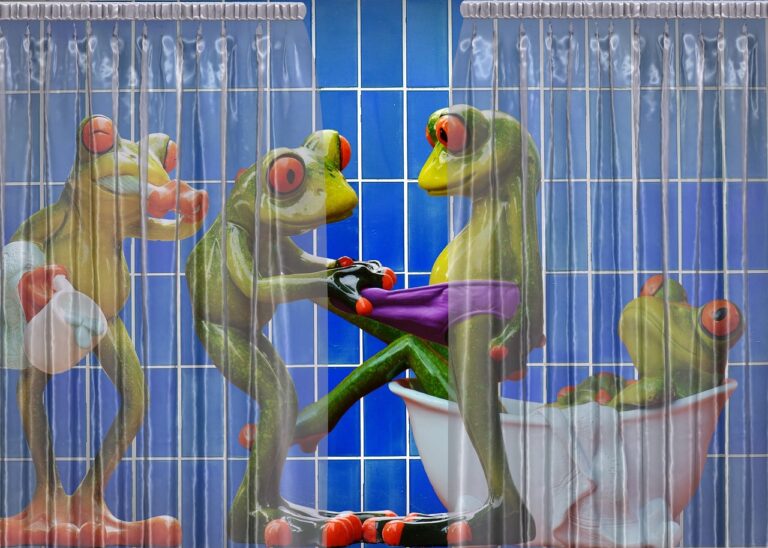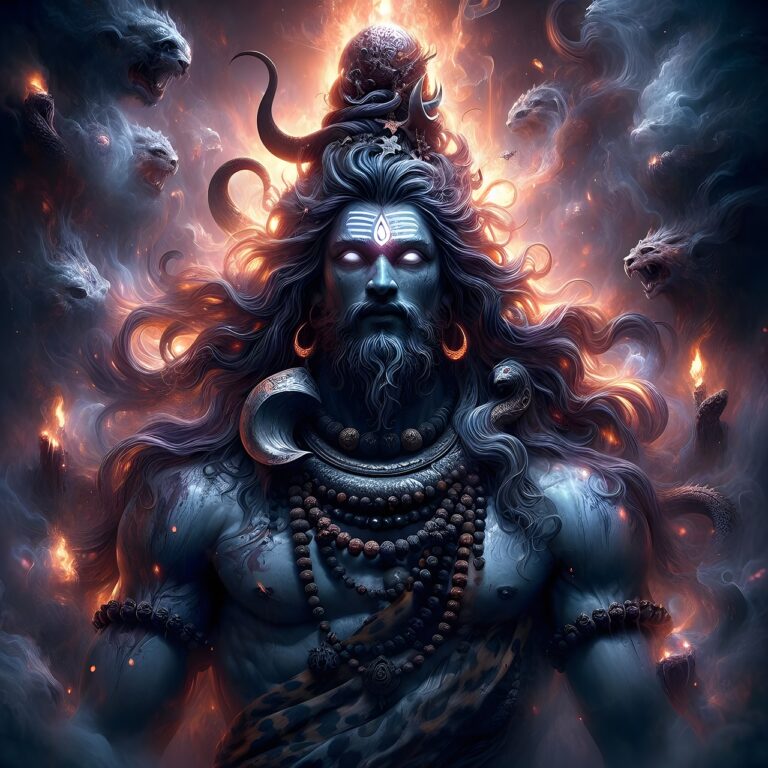The Art of Sound Design: Enhancing the Entertainment Experience
Sound design is the art of creating and manipulating audio elements to enhance the storytelling and overall viewing experience in film, television, video games, and other multimedia projects. It involves the strategic placement of sounds, such as dialogue, music, and sound effects, to evoke emotions, set the mood, and immerse the audience in the on-screen world.
Through the careful selection and arrangement of sound elements, sound designers have the power to shape the narrative, enhance visual cues, and elicit specific reactions from viewers. Whether it’s the subtle rustling of leaves in a suspenseful scene or the booming explosions in an action sequence, sound design plays a crucial role in bringing a story to life and creating a memorable and impactful viewing experience.
The Importance of Sound Design in Film and Television
Sound design plays a crucial role in enhancing the viewing experience of films and television shows. It is often overlooked but is an essential component that can evoke emotions, create atmosphere, and immerse the audience in the story being told. Whether it’s the subtle sound of footsteps approaching or the booming explosion of a car chase scene, sound design adds layers of depth and realism to visual storytelling.
In film and television, sound design is what brings scenes to life and helps to communicate the intended mood and tone to the audience. Imagine watching a horror movie without the eerie creaking of a door or the unsettling whispers in the dark – the impact would be drastically diminished. Every sound, from background noises to dialogues, is carefully crafted and designed to complement the visuals and enhance the overall narrative. Good sound design not only enhances the storytelling but also helps to guide the audience’s emotional responses throughout the viewing experience.
Key Elements of Sound Design
Sound design in film and television encompasses various elements that work together to enhance the viewer’s auditory experience. One key element is dialogue, which serves to convey the story and develop characters through clear and effective communication. The quality of dialogue recording, editing, and mixing can greatly influence the viewer’s understanding and emotional connection to the narrative.
Another crucial aspect of sound design is ambient sounds or background noise that create a sense of realism and immersion within the story’s setting. From the bustling streets of a city to the serene sounds of nature, ambient sounds play a significant role in transporting the audience into the world being portrayed on screen. Careful selection and placement of these sounds can significantly impact the mood, atmosphere, and believability of the visual storytelling.
What is sound design?
Sound design is the process of creating and manipulating audio elements in film, television, video games, and other forms of media to enhance the overall viewing or listening experience.
Why is sound design important in film and television?
Sound design plays a crucial role in creating atmosphere, setting the mood, enhancing emotions, and guiding the viewer’s attention in a film or television show. It helps to bring the story to life and immerse the audience in the narrative.
What are the key elements of sound design?
Some key elements of sound design include sound effects, dialogue, music, ambience, Foley, and mixing. Sound effects are used to create specific sounds that are not captured during filming, dialogue is the spoken words of the characters, music sets the tone and emotion of a scene, ambience provides background noise to establish the setting, Foley is the reproduction of everyday sound effects, and mixing involves blending all these elements together to create a cohesive auditory experience.
How does sound design contribute to the overall production quality of a film or television show?
Sound design can greatly impact the overall production quality of a film or television show by enhancing the visual storytelling, creating a sense of realism, evoking emotional responses from the audience, and immersing viewers in the world of the story. Good sound design can elevate a film or television show to a higher level of professionalism and engagement.







